by Don Webster
All images ©2015 Don Webster used by permission.
In the end the trip was exactly what we were looking for: challenging, strenuous, remote, and containing a real sense of adventure.
The idea of paddling the Coppermine River in Canada’s Arctic was conceived many years ago in high school. Assigned reading for English class was Farley Mowat’s “Coppermine Journey: An Account of Great Adventure.” Based on the journals of Samuel Hearne, an explorer with the Hudson’s Bay Company, this book outlined his journey from Hudson’s Bay to the Coppermine River in 1770. It wasn’t an easy trip. Hearne spent the better part of a year completing the journey, faced starvation regularly, and his journals describe incredible hardships. Perhaps I’m a masochist, but from that point onward I was enchanted with the story, the river, and the North in general.
 Fast-forward to much, much later in life. As my career as a wilderness guide and outdoor educator became established, I ended up working all over the world – Greenland, Antarctica, Alaska, Norway, Australia, Chilean Patagonia, but the draw of Canada’s Arctic and the Coppermine River continued to haunt me… “Maybe this summer” I would daydream, only to put it off for yet another year.
Fast-forward to much, much later in life. As my career as a wilderness guide and outdoor educator became established, I ended up working all over the world – Greenland, Antarctica, Alaska, Norway, Australia, Chilean Patagonia, but the draw of Canada’s Arctic and the Coppermine River continued to haunt me… “Maybe this summer” I would daydream, only to put it off for yet another year.
In the end, it was a friends desire to paddle a northern river that spurred action – and in between dealing with challenging career commitments, family obligations and this increasingly busy existence we call life, we roughed in a plan. We would paddle the Coppermine River for its entire length, starting at the large lakes in the Barren Lands, ending up at the Inuit hamlet of Kugluktuk on the Arctic Ocean.
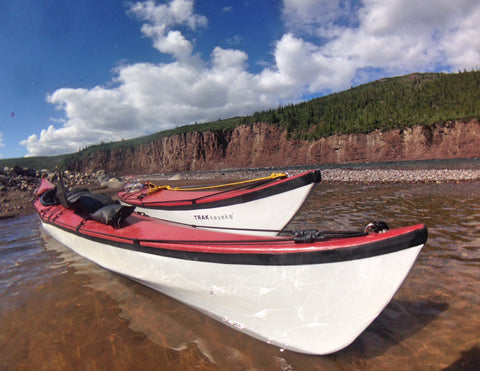 Most northern rivers get traversed the classic Canadian way – canoes. We were reluctant to go that method, as we were both far more confident and competent in kayaks. We needed boats that were fast, could carry two to three weeks of supplies, were capable in rough, windy arctic lakes, and fast moving white-water rated up to Class 3+. The boats also needed to break-down for transport by commercial airlines and a small floatplane – ours was to be a fast, light mission.
Most northern rivers get traversed the classic Canadian way – canoes. We were reluctant to go that method, as we were both far more confident and competent in kayaks. We needed boats that were fast, could carry two to three weeks of supplies, were capable in rough, windy arctic lakes, and fast moving white-water rated up to Class 3+. The boats also needed to break-down for transport by commercial airlines and a small floatplane – ours was to be a fast, light mission.
The choice to bring two folding TRAK kayaks was easy – no other kayaks seemed to offer the versatility needed. Can they fit into a small floatplane? Check. Could they deal with large waves and strong winds through the lakes section? Check. Are they manoeuvrable enough to run white-water? Check. Can they actually carry enough gear for two to three weeks? Check.

 The kayak features that promoted this versatility was primarily the triple hydraulic jack system that either lengthens the waterline for windy conditions, or alternatively, increases the rocker for manoeuvrability in white-water. It really is like having two different boats on the same trip. Simply put, I had never seen a kayak with this level of adaptability.
The kayak features that promoted this versatility was primarily the triple hydraulic jack system that either lengthens the waterline for windy conditions, or alternatively, increases the rocker for manoeuvrability in white-water. It really is like having two different boats on the same trip. Simply put, I had never seen a kayak with this level of adaptability.
We flew from Vancouver to Yellowknife with our kayaks as checked baggage, grabbed a taxi to the hotel and actually took the kayaks right up to our room in the elevator (despite curious stares).

 The following day we crammed two kayaks, two large paddlers, and all of our gear into a small Cessna floatplane for the flight north to the put-in. Our route started with 150 km of large lakes, with potential for rough waters and strong winds. Then we were onto the Coppermine River system, with 400 km of river and rapids rated up to 3+.
The following day we crammed two kayaks, two large paddlers, and all of our gear into a small Cessna floatplane for the flight north to the put-in. Our route started with 150 km of large lakes, with potential for rough waters and strong winds. Then we were onto the Coppermine River system, with 400 km of river and rapids rated up to 3+.
At the start of the trip, our kayaks were loaded with gear and food in excess of 100 lbs. per kayak. They felt solid in the water, and barely weather cocked at all during windy conditions. Although they handled well, we were glad by the time we hit white-water that our kayaks had lightened, making them more manoeuvrable.


As we approached the river, we prepped for changing conditions by removing deck loads and securing our gear. Extra cranks on the keel jack shaped the kayak into a fully rockered kayak suitable for white-water. With a bit of apprehension how the folding kayaks would do in white-water, we entered the rapids. No apprehension was necessary; the boats handled the dynamic water like champs! It’s an interesting feeling paddling folding boats in large wave trains; the inherent flex in the boats absorb the impact from the waves, creating a smooth ride through the rapids.


Shortly thereafter we came across our first portage on the river. With countless jagged rocks forming a literal boulder garden, we decided it would be prudent to make the walk around. Portages actually were very easy – we made two trips per person. Our gear was packed in the TRAK combination float/dry bags that the kayaks came equipped with. We’d place our gear in small waterproof stuff sacks first to organize, then in the larger tapered dry-bag. These combinations kept our gear dry, organized, and surprisingly easy to portage. On the first portage trip, we would stuff all of our gear into large mesh duffel bags with shoulder straps. It was heavy, but manageable. On the second trip, we would balance the kayak on our shoulder. Any traditional kayak with multiple small hatches would have been frustrating – a lengthy unpack and repack process would have been necessary.
 The only damage we did to the kayaks during the whole journey was when we made the mistake of not scouting a section of the river that was wide and braided. The channel we chose pushed us through a shallow boulder sieve that we had no choice but to punch directly through. We suffered multiple hard rock hits on the bottom and feared that the kayaks would be completely wrecked. To our surprise, we only had a few small punctures that were easily patched with the Tear-Aid patches sent with the kayaks. We came off easy compared to some earlier river travelers; at the bottom of this rapid there was the remains of an aluminum canoe that had wrapped some rocks and was torn completely apart.
The only damage we did to the kayaks during the whole journey was when we made the mistake of not scouting a section of the river that was wide and braided. The channel we chose pushed us through a shallow boulder sieve that we had no choice but to punch directly through. We suffered multiple hard rock hits on the bottom and feared that the kayaks would be completely wrecked. To our surprise, we only had a few small punctures that were easily patched with the Tear-Aid patches sent with the kayaks. We came off easy compared to some earlier river travelers; at the bottom of this rapid there was the remains of an aluminum canoe that had wrapped some rocks and was torn completely apart.
The rapids continued – Rocky Defile, Mukox, Sandstone, and Escape are all major named rapids that most canoeists portage. We simply scouted, hopped back in our boats and ran them! The boats handled deep-water style rapids the best, and we stayed away from shallow, braided sections of the river. By this point we were very confident in the durability of our boats, but didn’t want to inflict unnecessary wear and tear. A few times it was necessary to get out and walk the TRAK kayaks through shallow sections to avoid any damage.


Wildlife encounters were common – we paddled within twenty meters of a large timber wolf, drifted by a massive bull moose feeding in the shallows, and watched from a river cliff as a small herd of caribou swam the river. The fishing was also phenomenal, and most nights just a few casts were necessary to catch a tasty Lake Trout for dinner.

As we neared the Arctic coast and the hamlet of Kugluktuk, we were welcomed by local Inuit who shared tea, stories and home smoked Arctic Char with us. In many years of travelling to small and remote communities, Kugluktuk stands out as one of the friendliest and welcoming. We camped on the edge of the village, packed up our TRAK kayaks into bags, and hitched a ride to the airport the next morning.
In the end the trip was exactly what we were looking for: challenging, strenuous, remote, and containing a real sense of adventure. At times we were alternatively freezing or roasting, beset by hoards of mosquitos, short on food, and exhausted from the long paddling days. However, we both agreed that we wouldn’t have wanted it any other way – if it was easy, it wouldn’t have been as satisfying.

Rather than quenching my thirst for an arctic adventure, it really just whetted my appetite for future trips; since I’ve been back at home, I’ve been looking at maps, researching future routes, checking air charters, and daydreaming about next summer. I’ve already trivialized the hardships and trumpeted the glory of the north. Nor am I the first to do so – as famous polar explorer Jean-Baptist Charcot once wrote:
“Why then do we feel this strange attraction for these polar regions, a feeling so powerful and lasting, that when we return home we forget the mental and physical hardships, and want nothing more than to return to them? Why are we so susceptible to the charm of these landscapes when they are so empty and terrifying?"



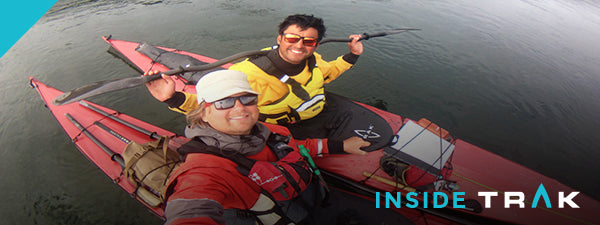


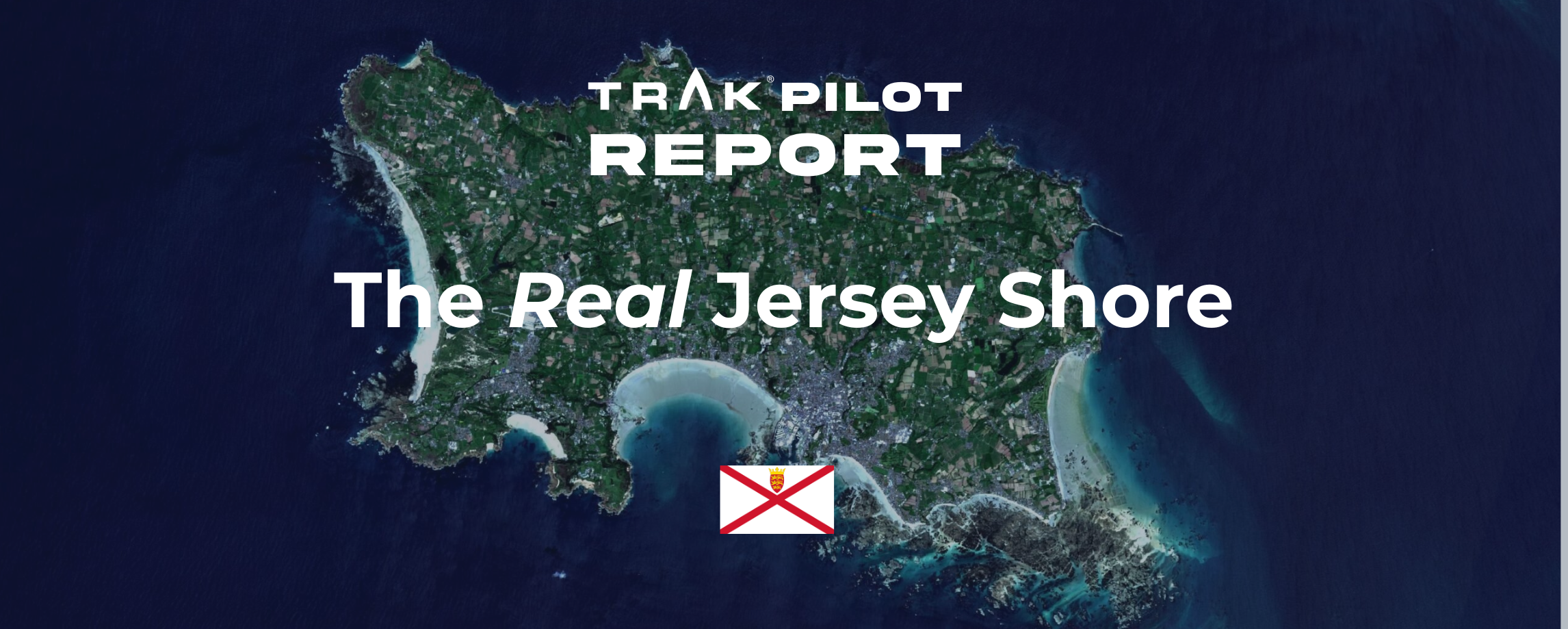
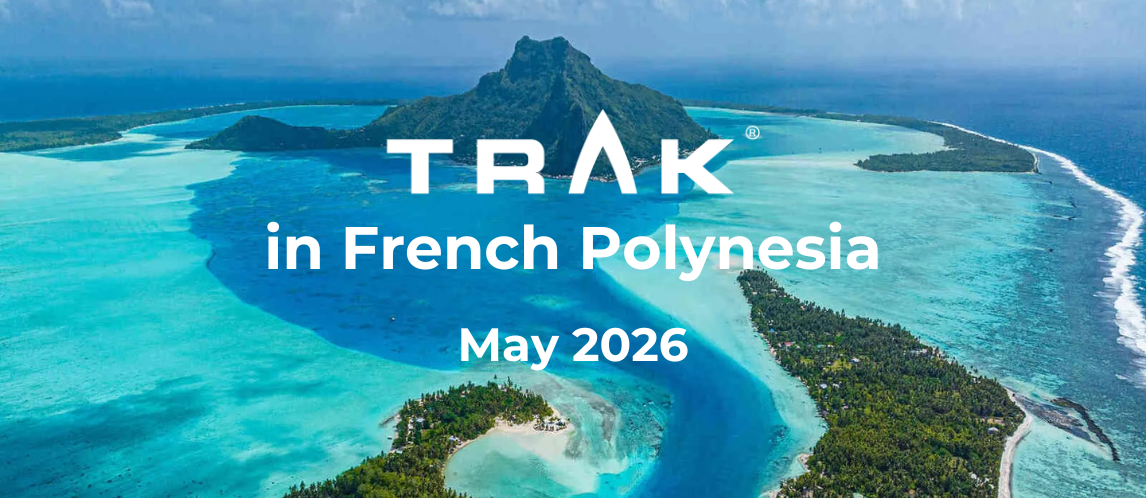
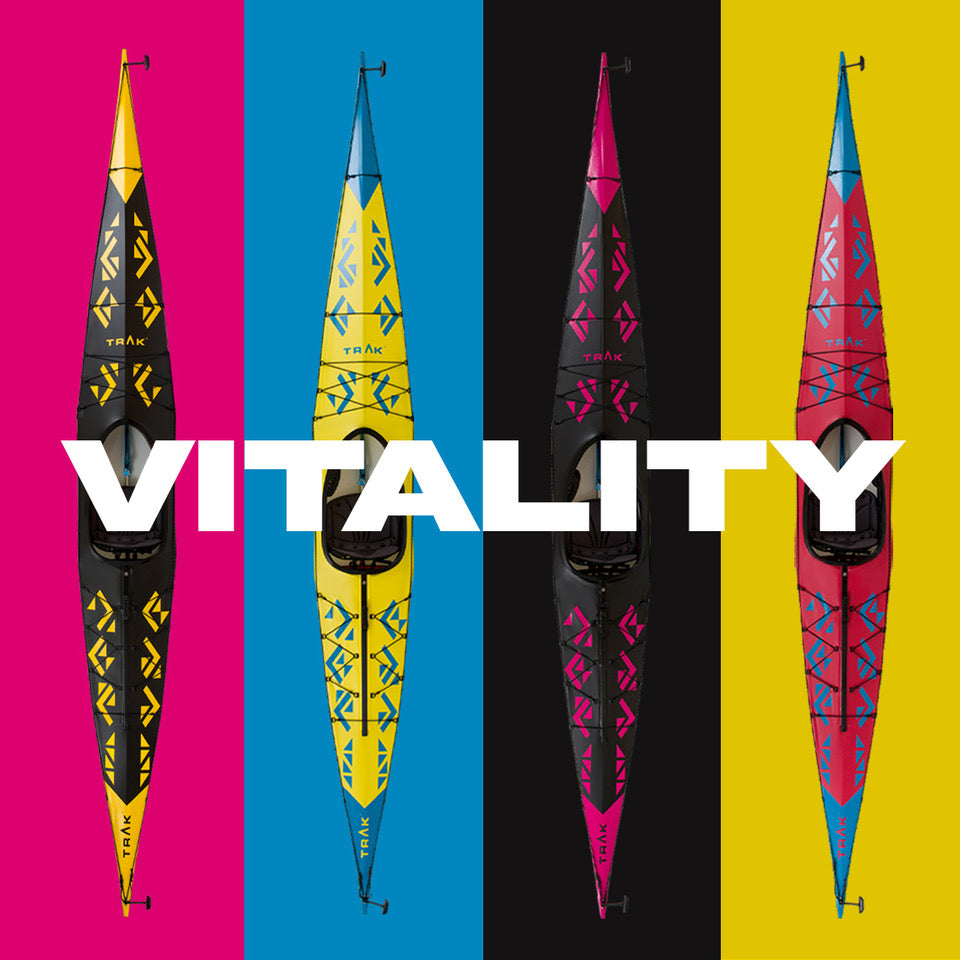
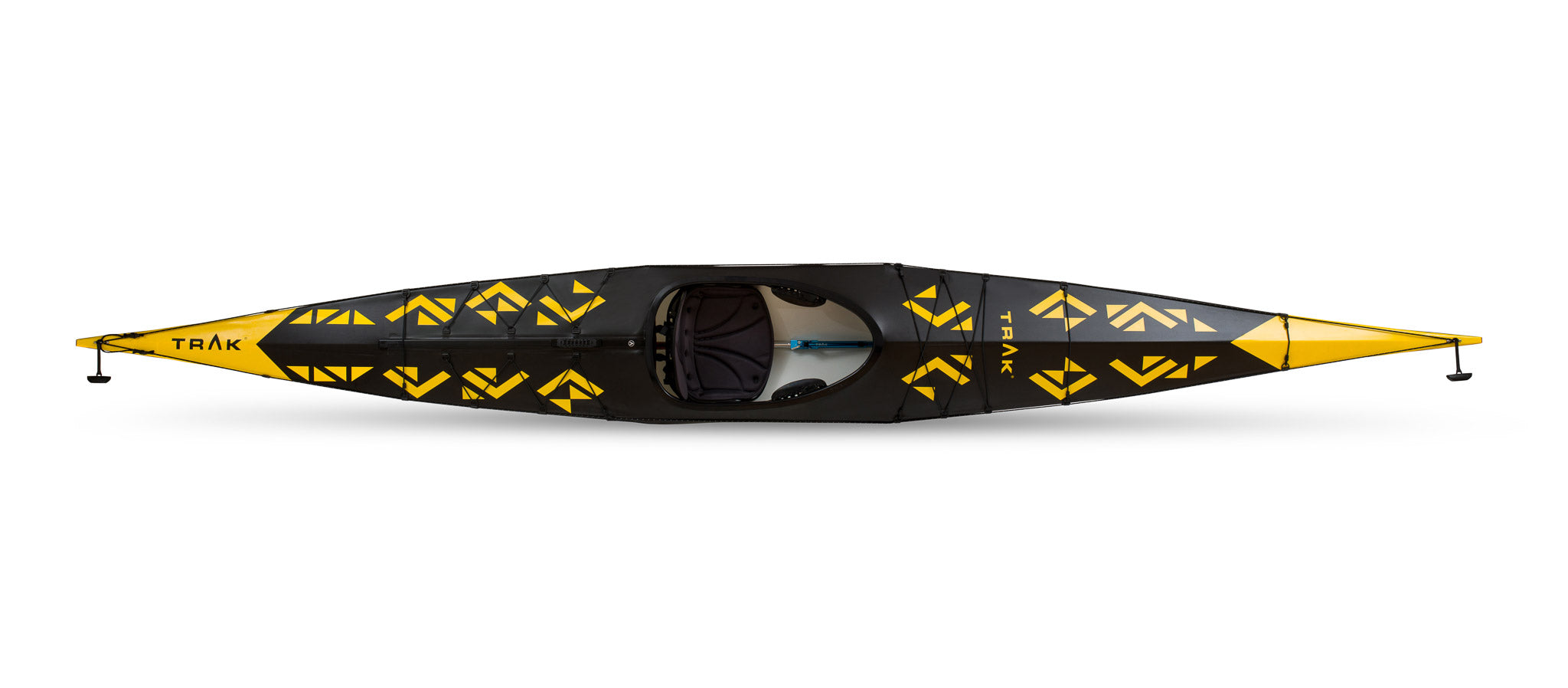
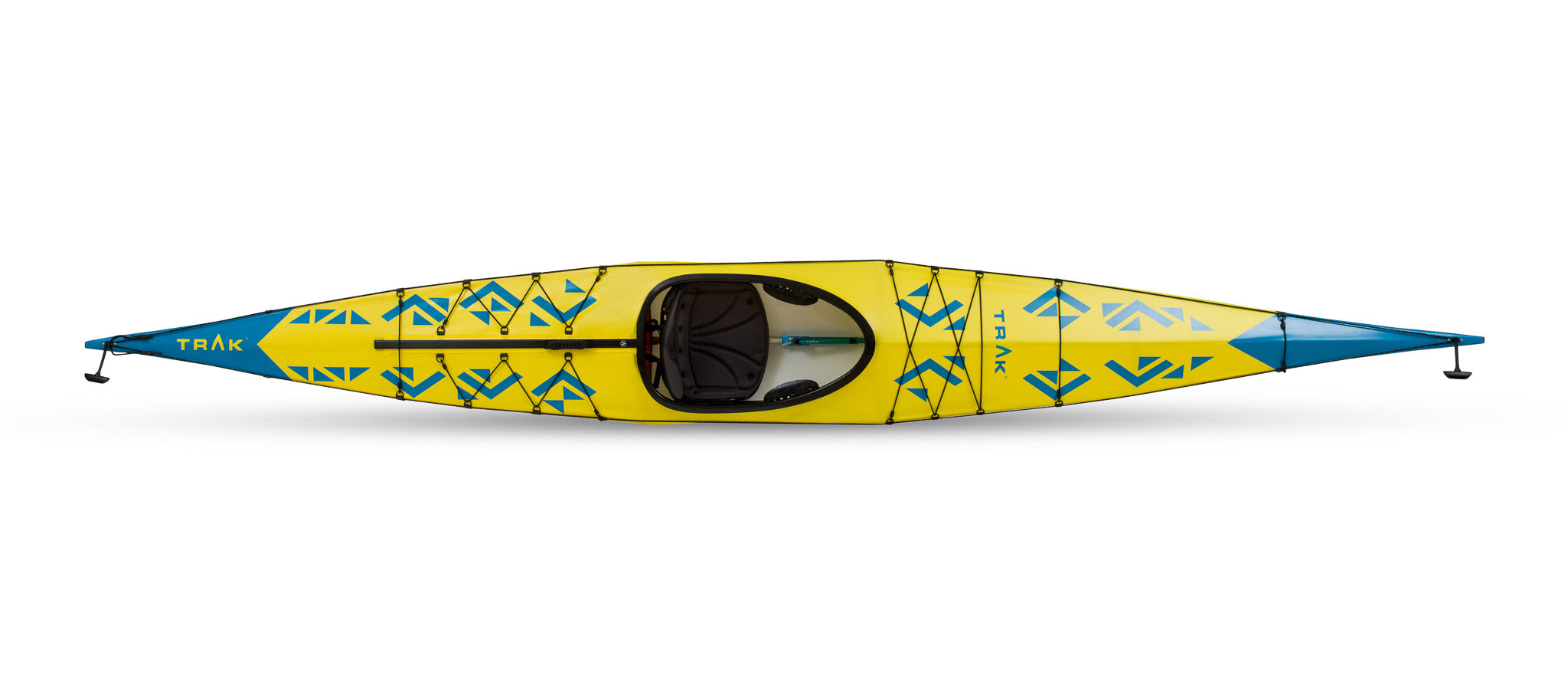
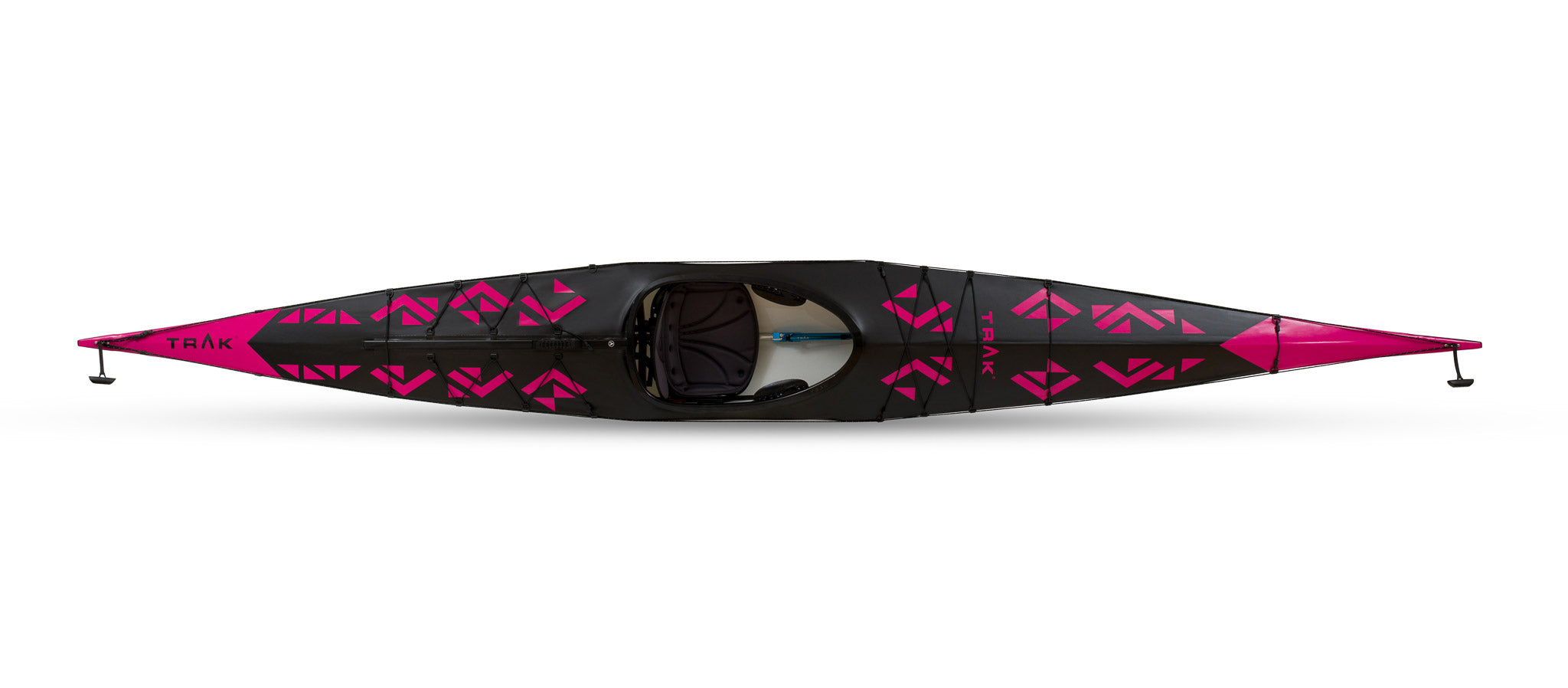
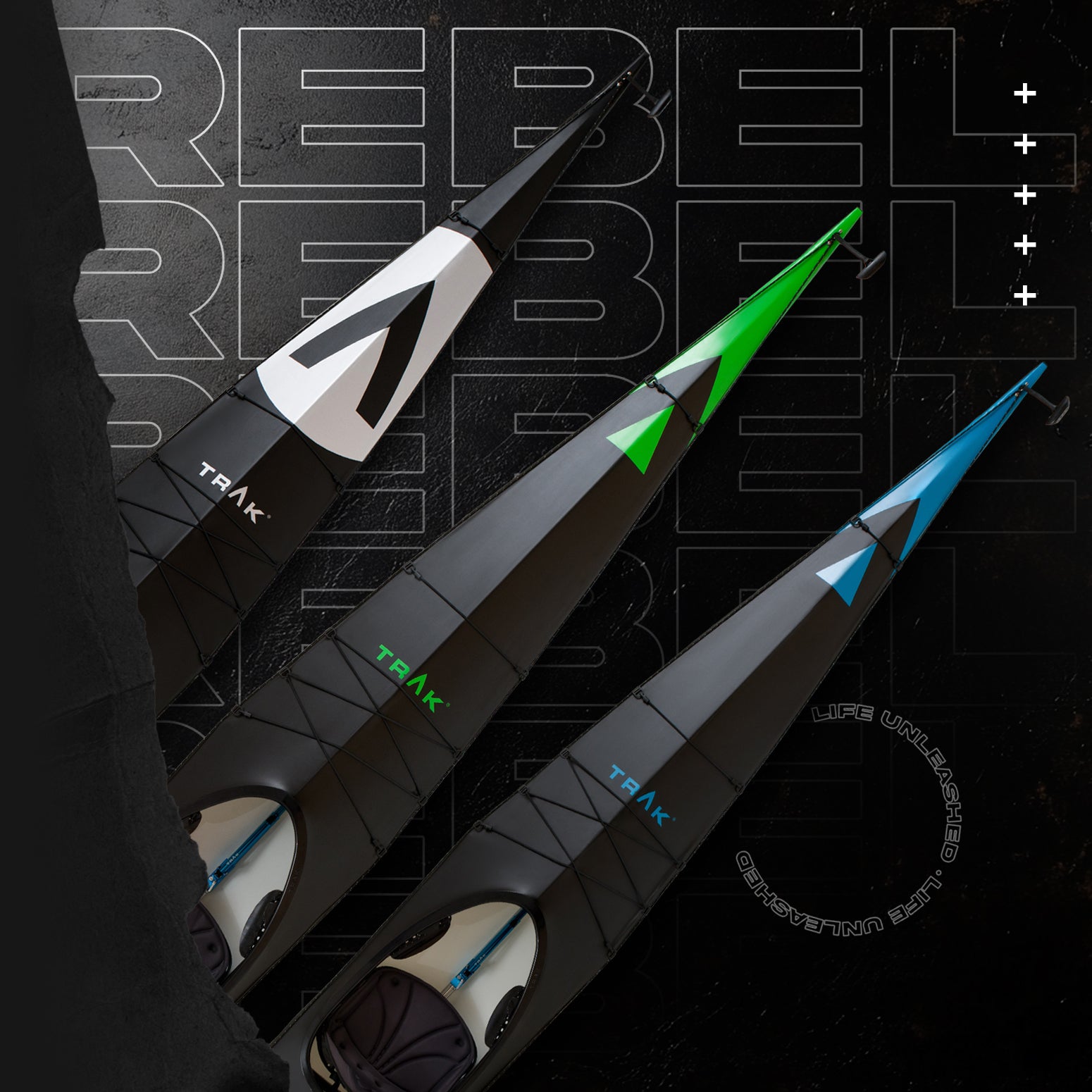
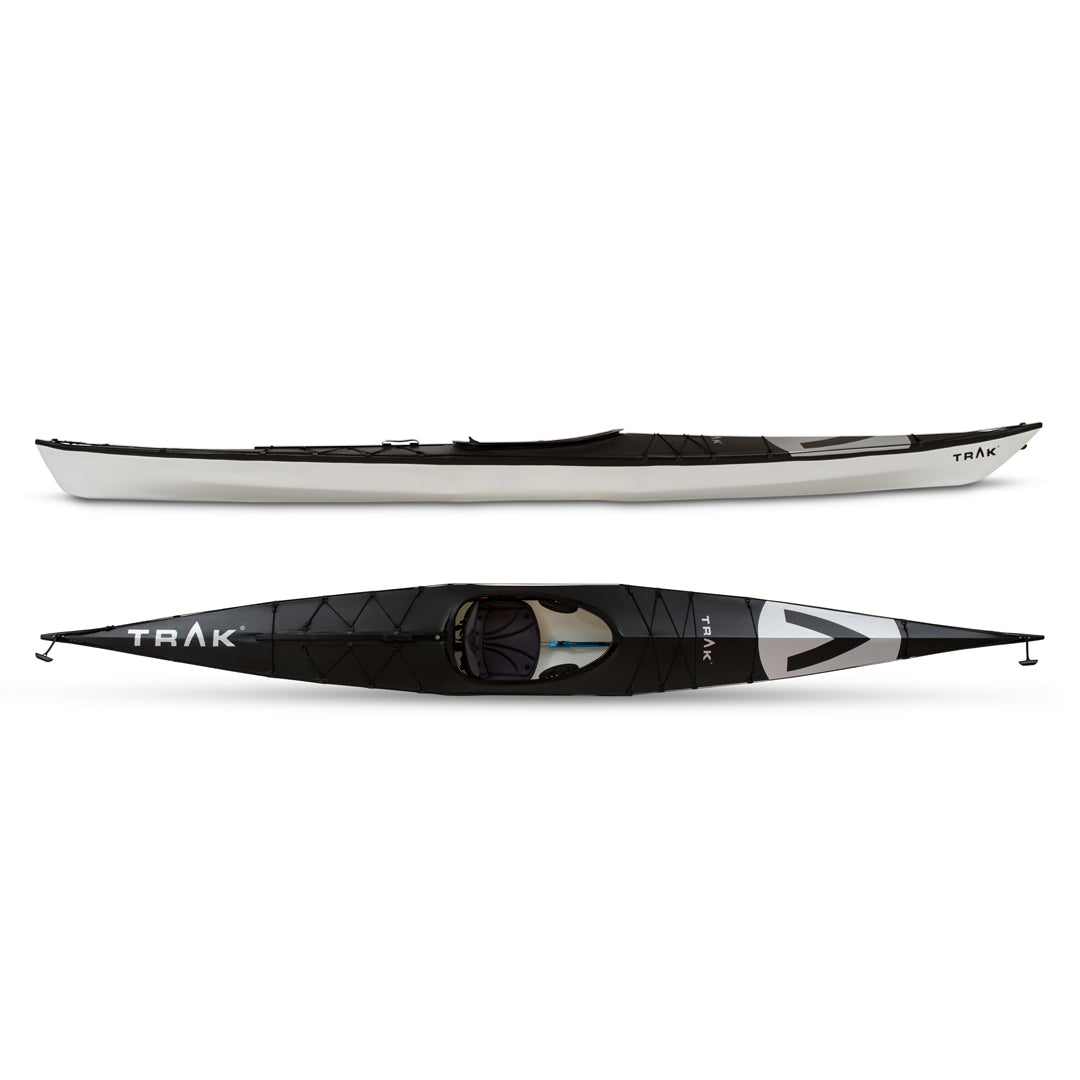
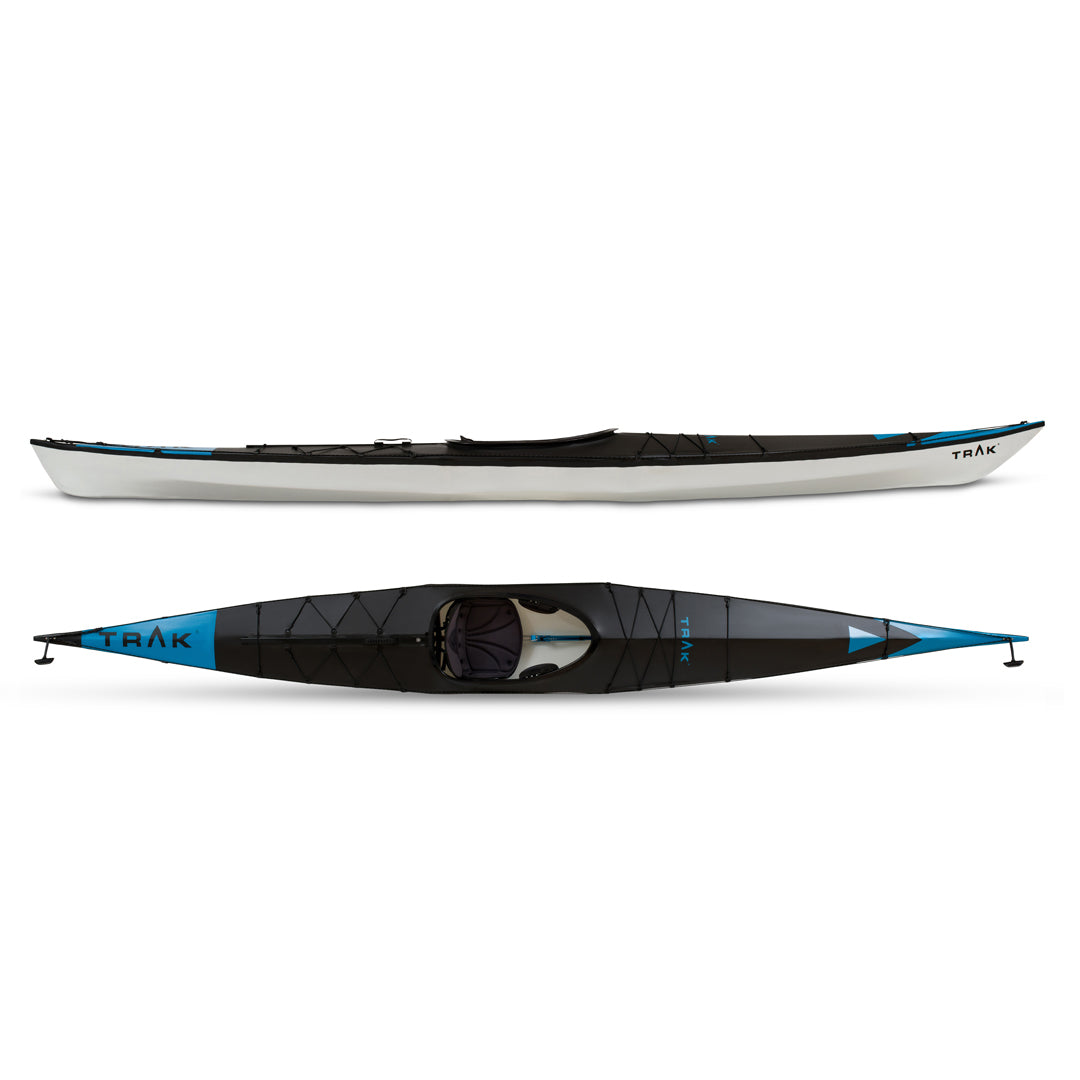
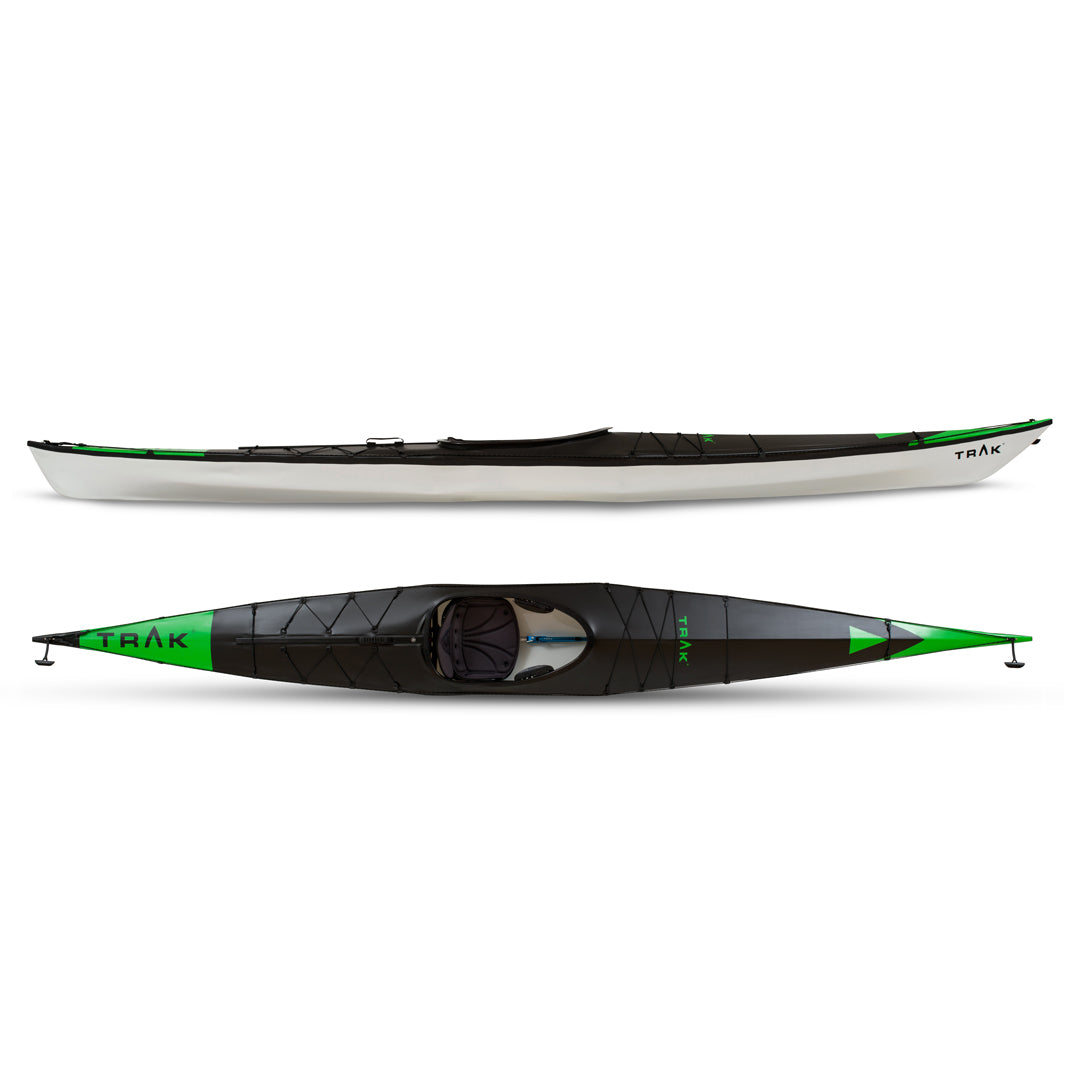
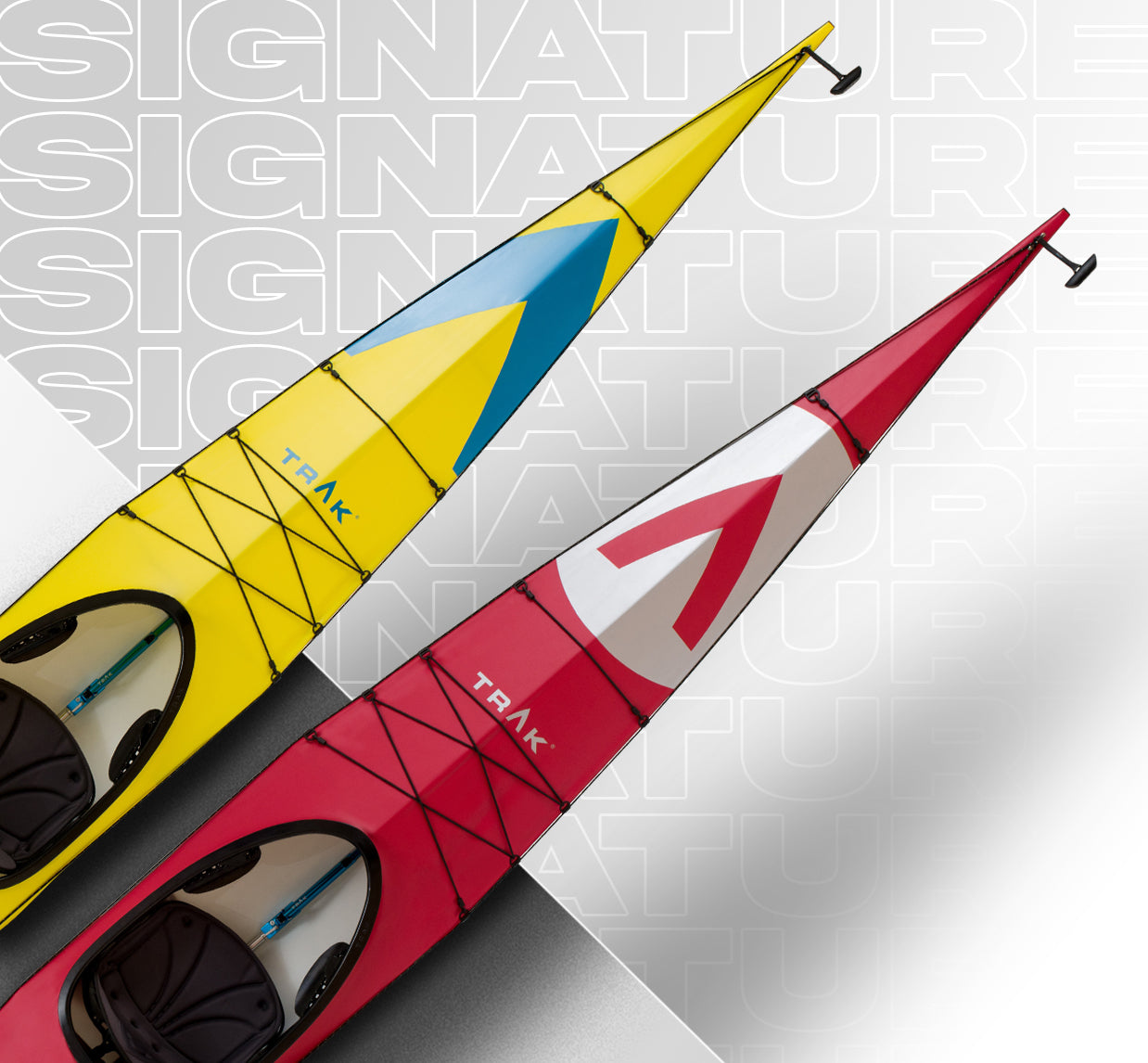
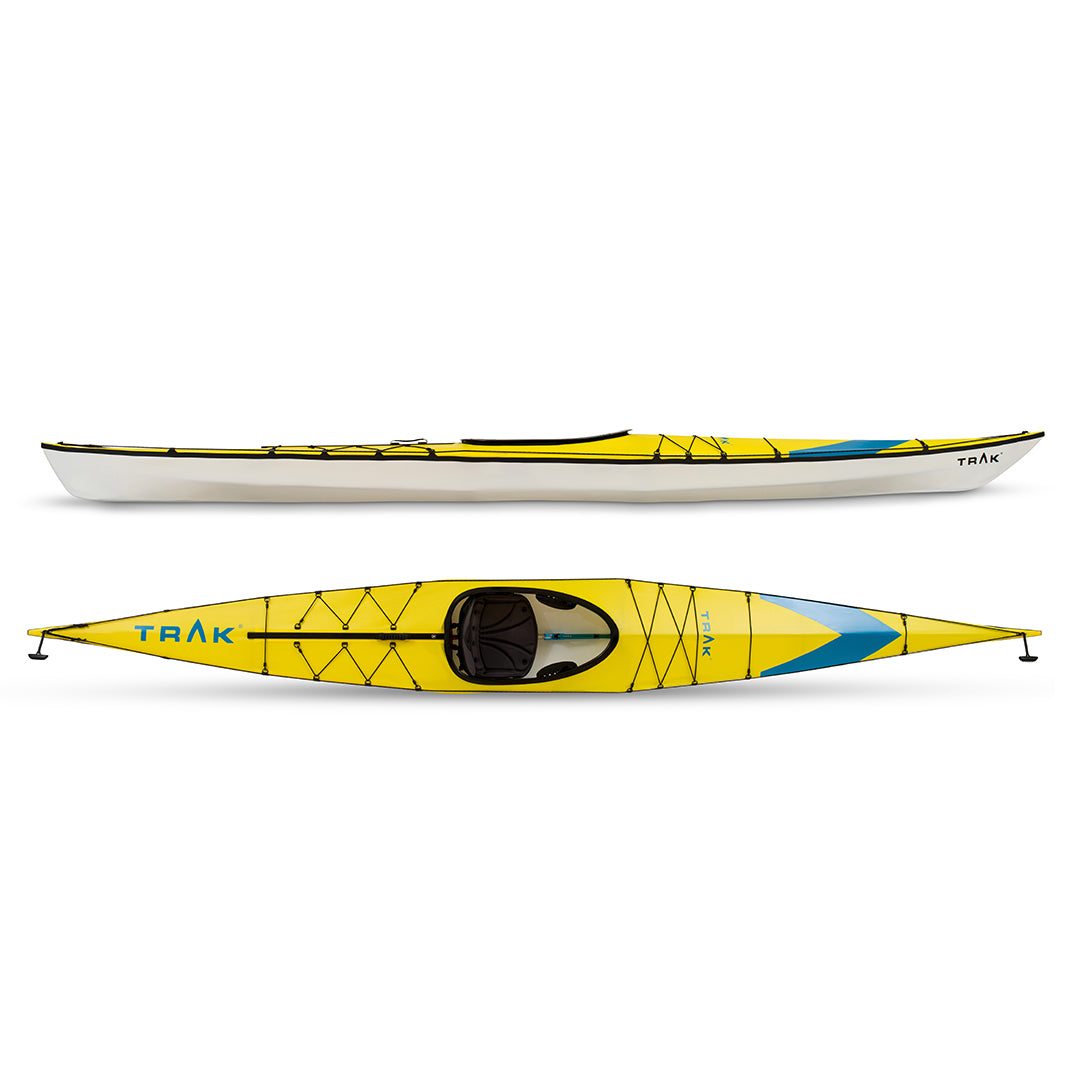
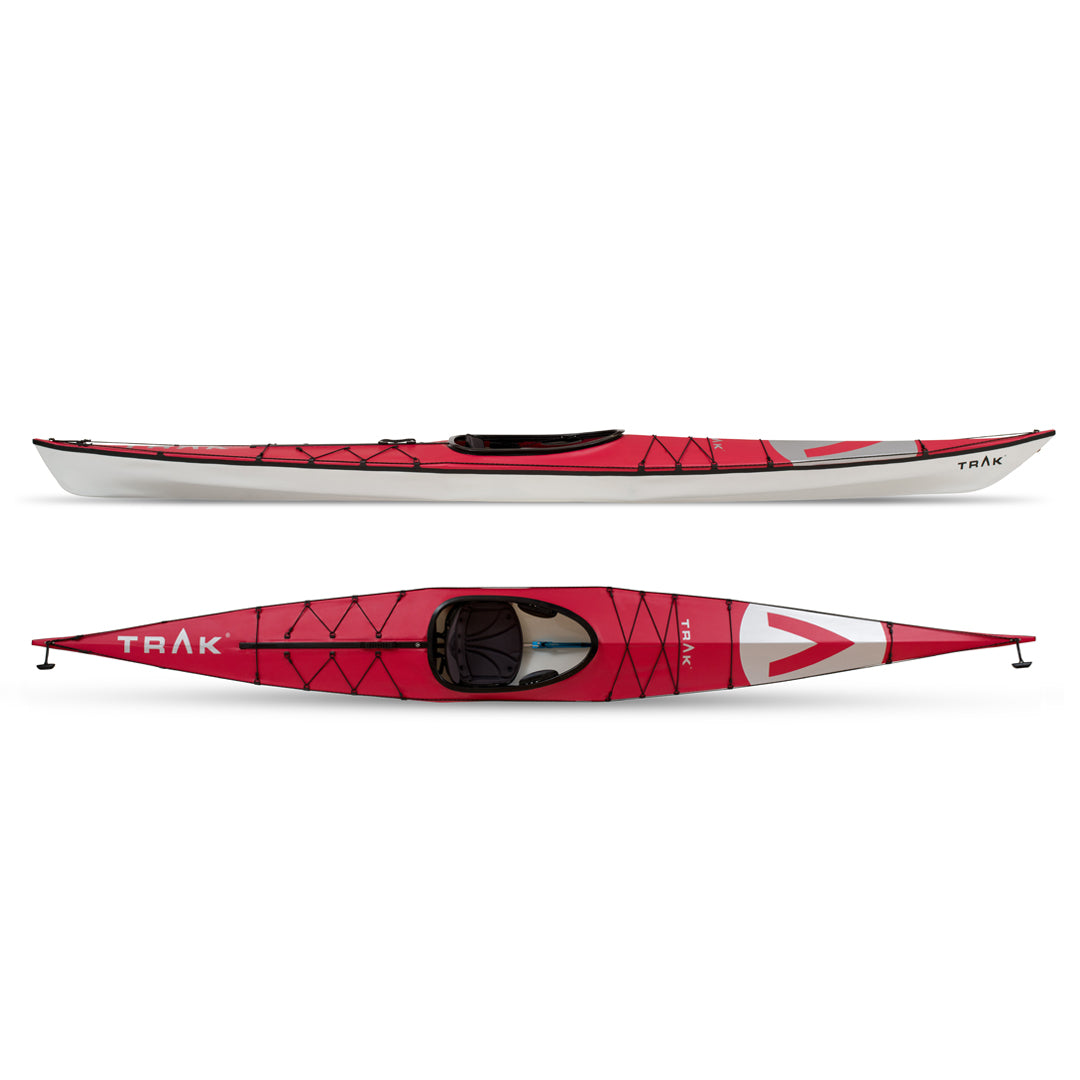
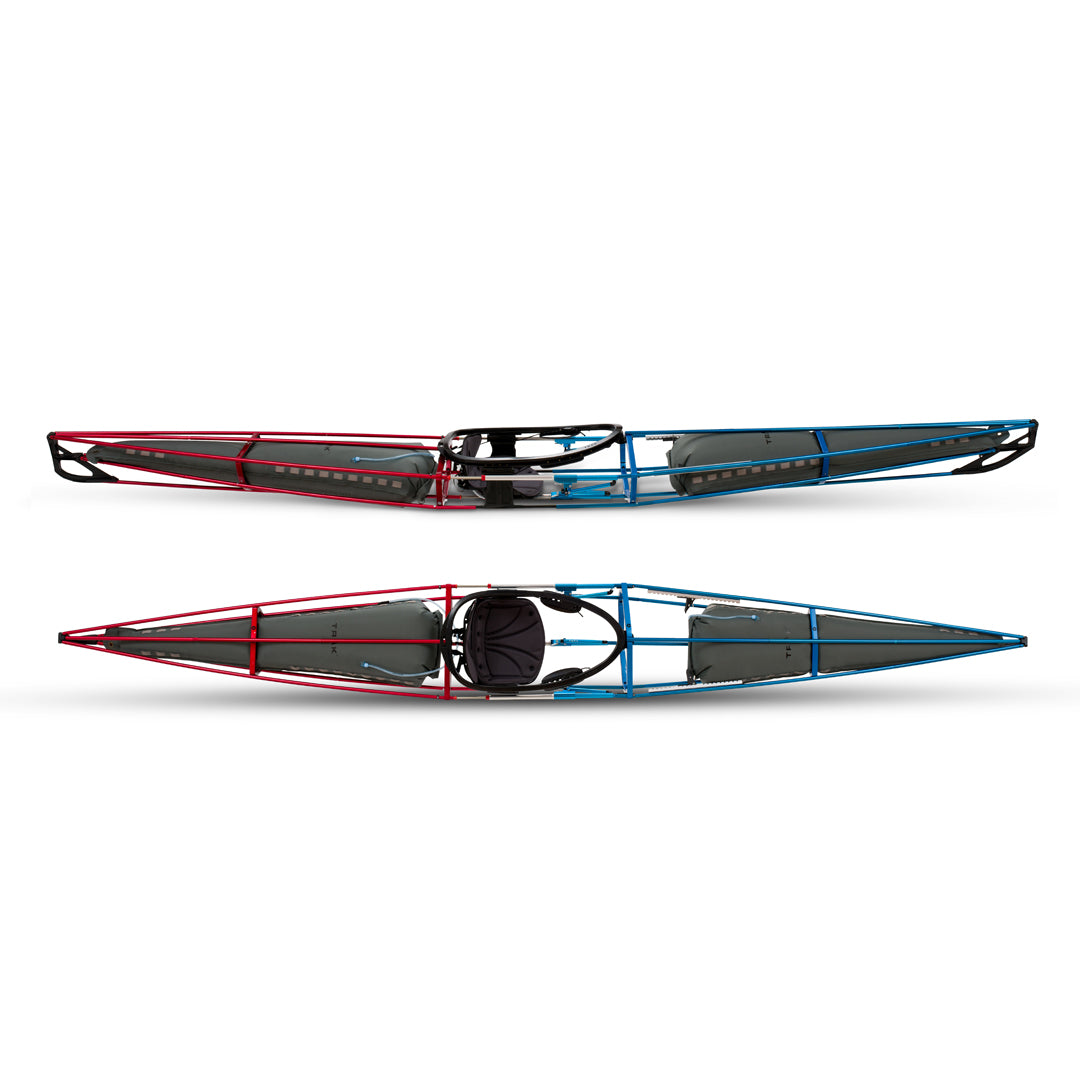
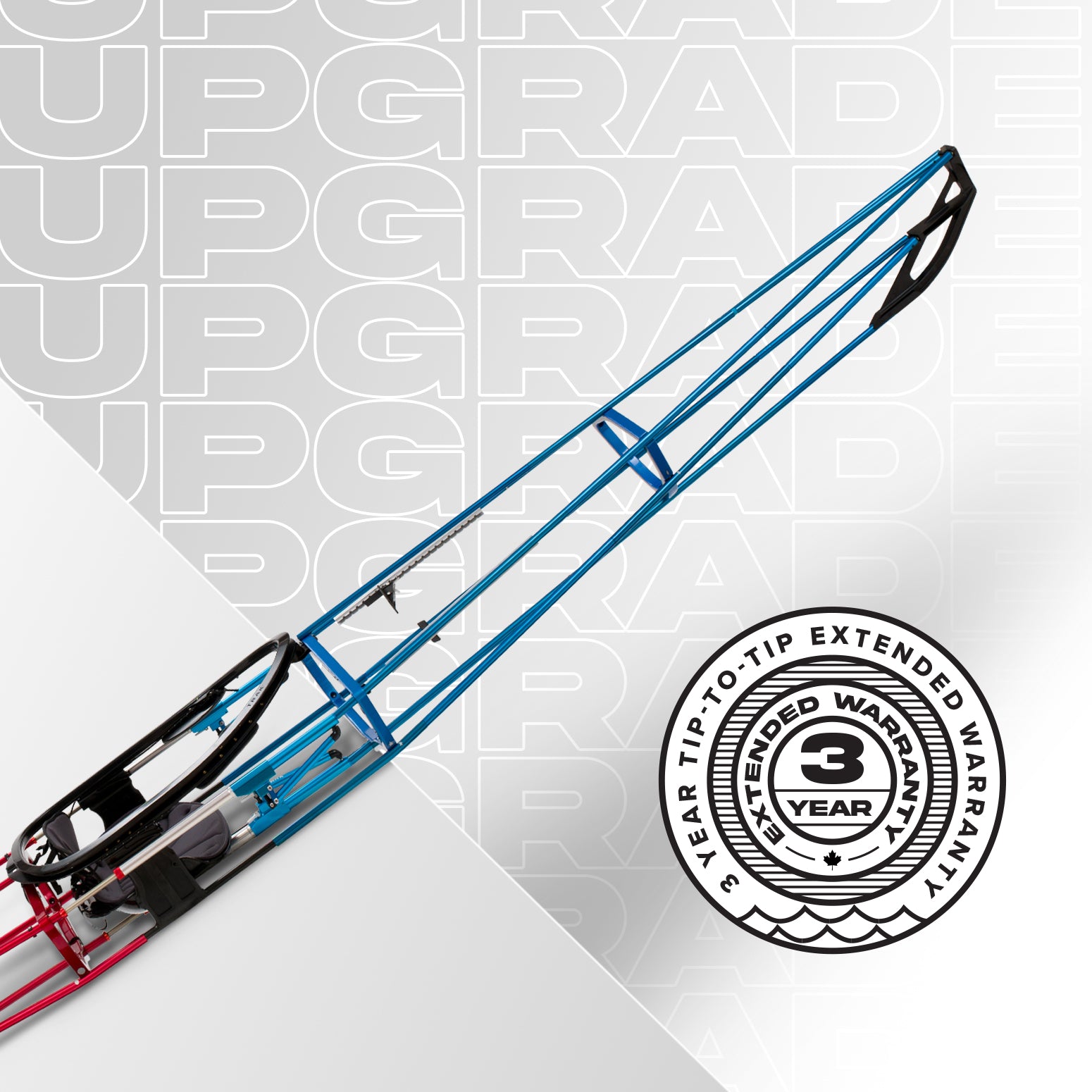
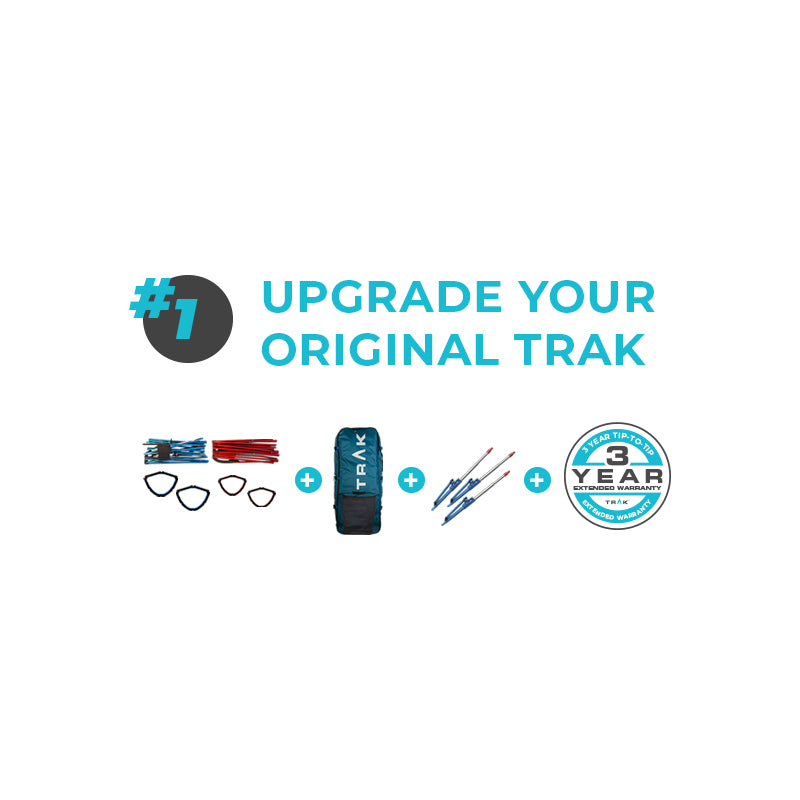
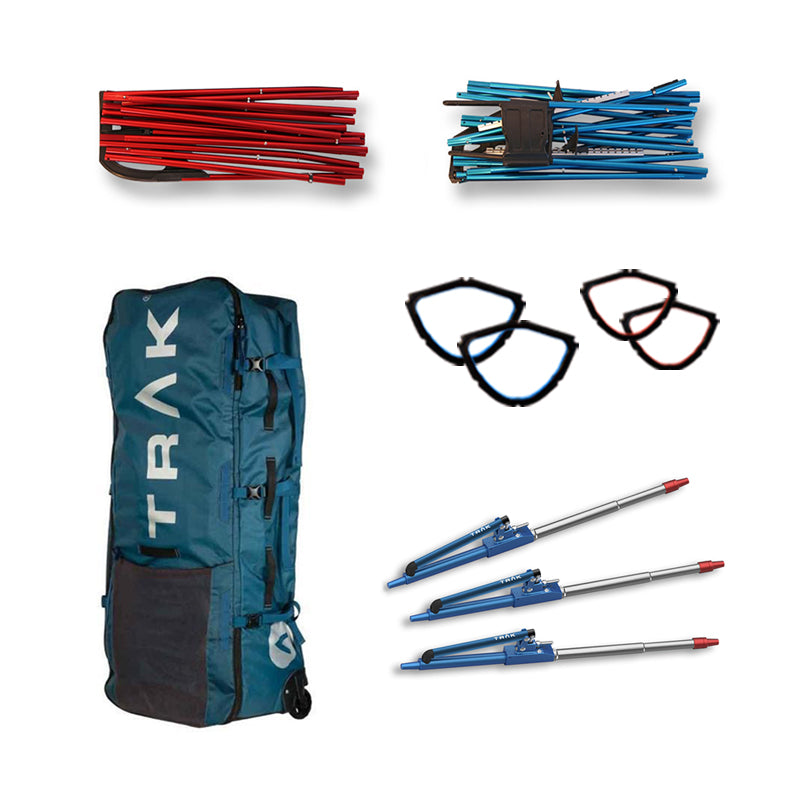
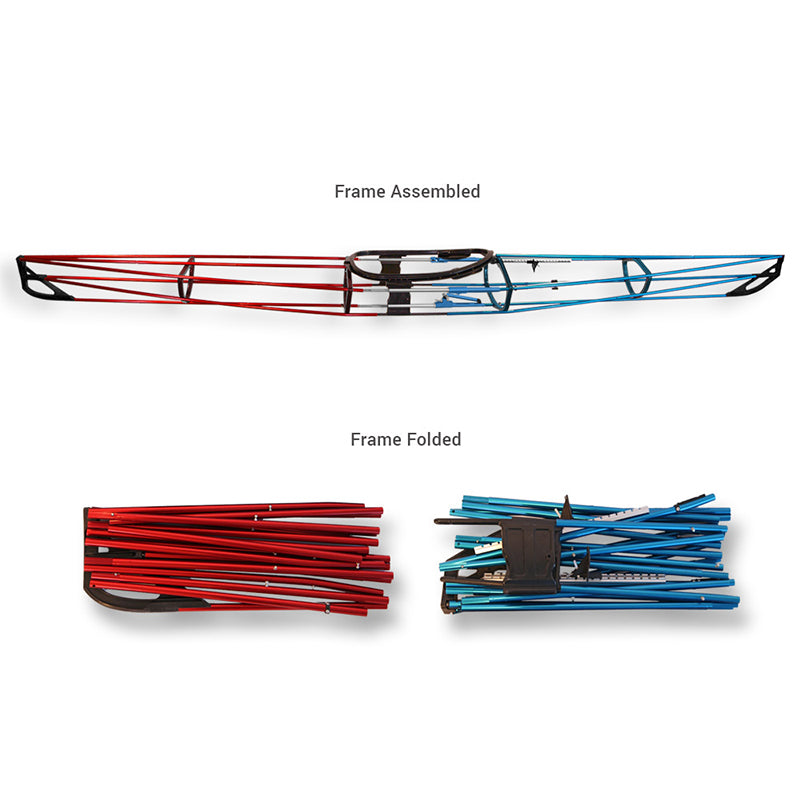

Share: